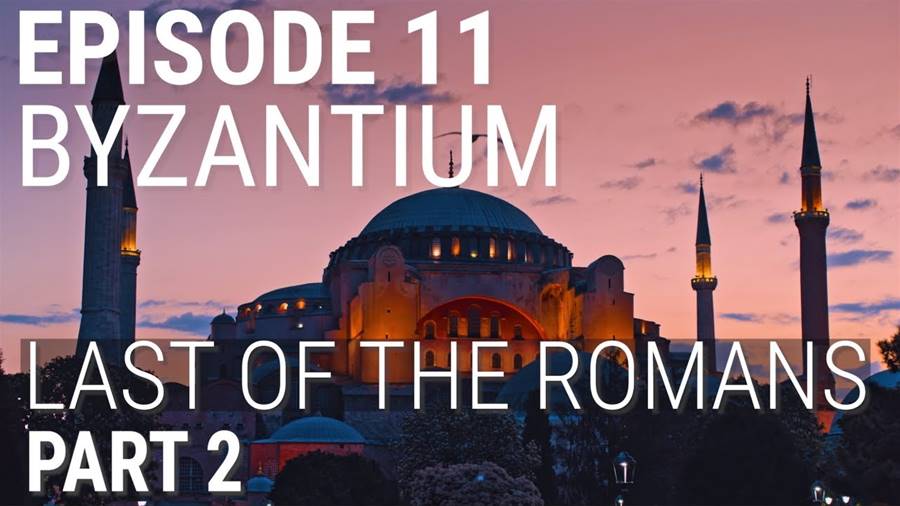
Byzantium was the last Roman Empire, a civilization that lasted for over 1,000 years. This article explores the history and significance of Byzantium and how it came to be known as the last of the Romans.
The Byzantine Empire was born out of the ashes of the Western Roman Empire, which fell to invading barbarian tribes in the 5th century AD. While the Western Empire crumbled, the eastern half, with its capital in Constantinople, survived and continued to thrive. Over time, this Eastern Roman Empire came to be known as Byzantium.
One of the key factors that distinguished Byzantium from its predecessor was its Greek influence. The Byzantine Empire adopted Greek as its official language and Greek culture played a significant role in shaping its identity. Despite this, the Byzantines still considered themselves as Romans and viewed their empire as a direct continuation of the Roman legacy.
The Byzantine Empire faced numerous challenges throughout its history. It constantly had to defend its borders against invading forces, from barbarian tribes to the Islamic Empire.
Despite these threats, Byzantium was able to maintain territorial integrity for much of its existence, thanks to its strong military defenses and skilled military leaders.
Religion also played a significant role in the Byzantine Empire. The Byzantines were deeply religious, and the empire became the focal point of Greek Orthodoxy. The emperor was both a political and religious figure, acting as the head of the Church as well as the state.
The article is not finished. Click on the next page to continue.








